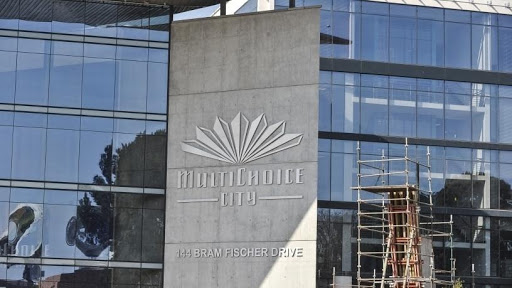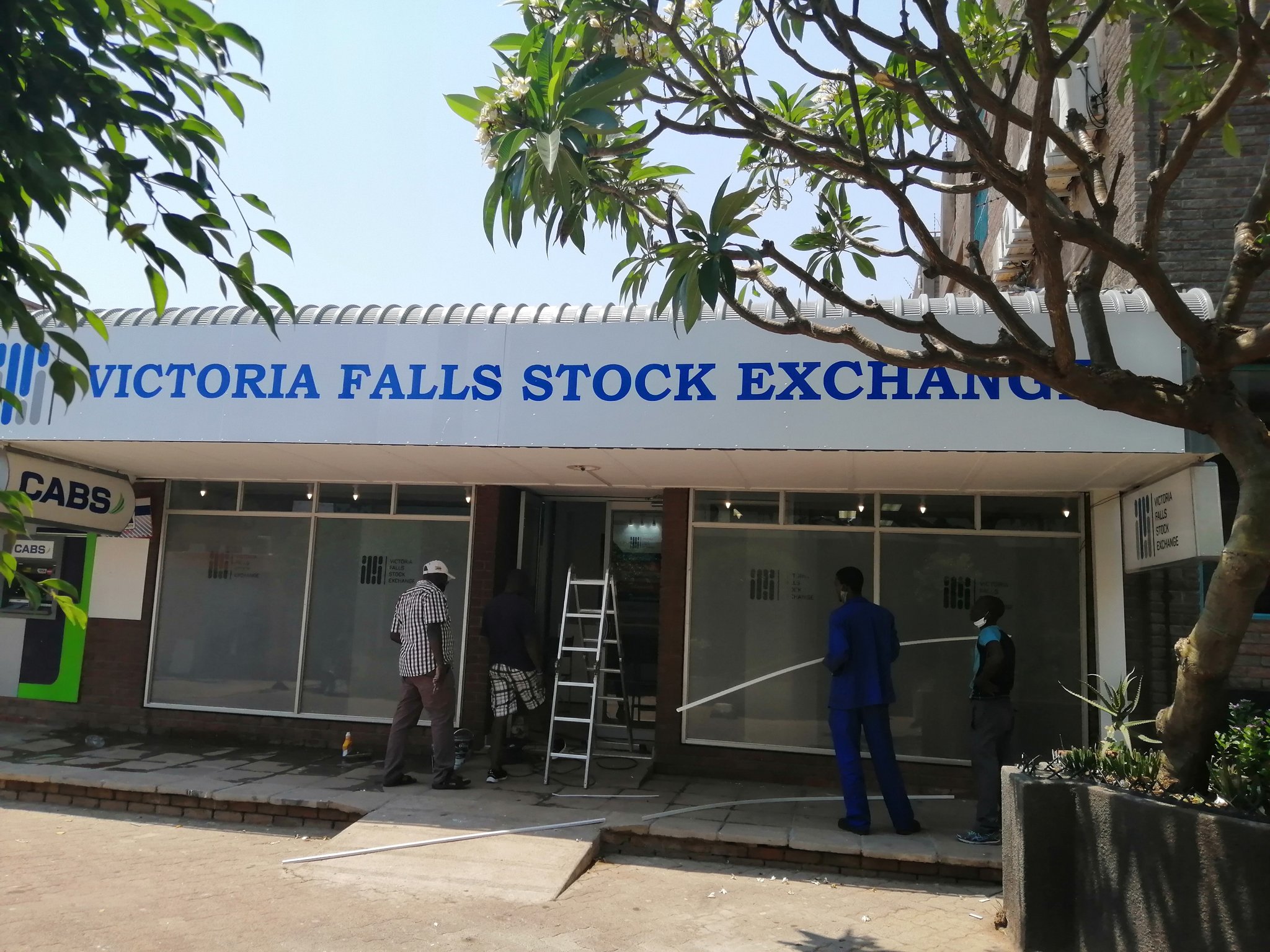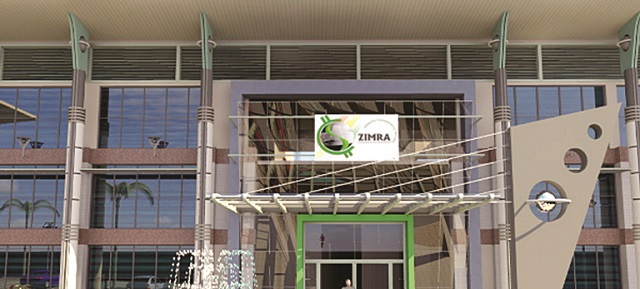Zim economic growth projections within range
With a projected economic growth of 3,8 percent for 2023, Zimbabwe is within close range of regional growth prospects, averaging 4 percent, according to the African Development Bank (AfDB).
According to the bank, the region is set to outperform the rest of the world in economic growth over the next two years, with real gross domestic product (GDP) averaging around 4 percent in 2023 and 2024.
This is higher than projected global averages of 2,7 percent and 3,2 percent, as stated in the AfDB’s Africa’s Macroeconomic Performance and Outlook report for the region, released in Abidjan recently.
AfDB is headquartered in Abidjan.
With a comprehensive regional growth analysis, the report shows that all the continent’s five regions remain resilient with a steady outlook for the medium-term, despite facing significant headwinds due to global socio-economic shocks. It also identified potential risks and called for robust monetary and fiscal measures, backed by structural policies, to address them.
In remarks during the launch, AfDB President Dr Akinwumi Adesina, said the release of the new report came at a time when African economies, faced with significant headwinds, were proving their resilience.
“With 54 countries at different stages of growth, different economic structures, and diverse resource endowments, the pass-through effects of global shocks always differ by region and by country.
“Slowing global demand, tighter financial conditions, and disrupted supply chains therefore had differentiated impacts on African economies,” he said. “Despite the confluence of multiple shocks, growth across all five African regions was positive in 2022—and the outlook for 2023–24 is projected to be stable.”
However, the report also sends a cautionary note on the outlook following current global and regional risks such as the war in Ukraine.
These risks include soaring food and energy prices, tightening global financial conditions, and the associated increase in domestic debt service costs. Climate change—with its damaging impact on domestic food supply and the potential risk of policy reversal in countries holding elections in 2023—pose equally challenging threats.
The group also proffers possible solutions for African economies, especially those battling inflationary pressures.
From the suggestions offered, Zimbabwe seems to be on the right path after the Government last year came up with measures to tame inflation, speculative trading on the Zimbabwe Stock Exchange, control money supply and generally address arbitrage behaviour in the economy.
The AfDB said: “Timely and aggressive monetary policy tightening in countries with acute inflation, and cautious policy tightening in countries where inflationary pressures are low. Coordination with fiscal policy will further strengthen the levers to ease inflationary pressures.”
Africa’s pre-Covid-19 top five performing economies are projected to grow by more than 5,5 percent on average in 2023-2024 and to reclaim their position among the world’s 10 fastest-growing economies.
These countries are Rwanda 7,9 percent; Côte d’Ivoire 7,1 percent; Benin 6,4 percent; Ethiopia 6 percent and Tanzania 5,6 percent.
Other African countries are projected to grow by more than 5,5 percent in the 2023-24 period and these are the Democratic Republic of Congo 6,8 percent; Gambia 6,4 percent; Mozambique 6,5 percent; Niger 9,6 percent; Senegal 9,4 percent and Togo 6,3 percent.-ebusinessweekly









